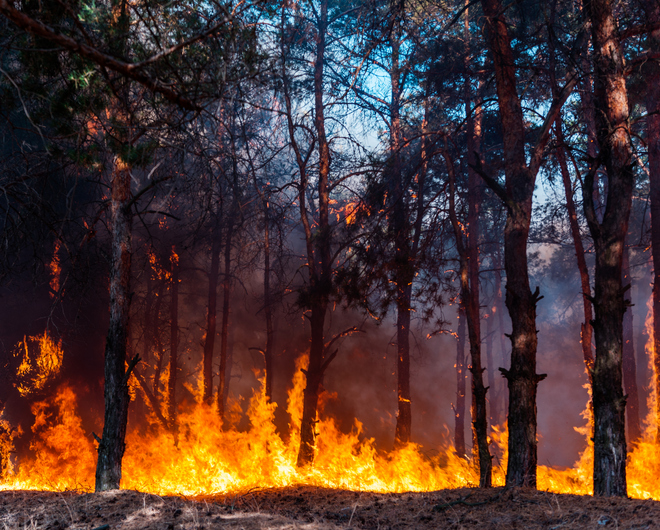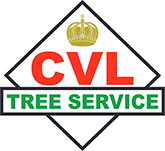Creating Fire-Resistant Landscaping

It’s the height of fire season, and your efforts in preserving water and essential plants during the summer months might all be for naught if your yard catches on fire. Today we are going to cover how to plan for the hotter weather and potential fires, as well as why it’s a good idea to put these measures in place sooner rather than later.
Many people think that wildfires are getting more and more out of control, when the truth is the rising global temperature is sparking more numerous wildfires that end up turning into larger conflagrations. Part of the reason for this is that our land management practices have changed over the years, and reduced personnel in both national parks and volunteer firefighter departments means that the number of fires to be fought has to be limited to high risk areas. In order to make sure your residence is not one affected by this, it’s wise to create several breaks or fire lines both immediately around your home and into any surrounding woodland. Put simply, a firebreak is an area with little to no vegetation for a fire, and works to slow and even shift the courses of fires as they burn. Make sure you consult a local professional to plan how to best set up and manage firebreaks around your property. This may include enhancing natural breaks or barriers, such as creeks, ponds, trails and roads. Keep areas like this mowed and free of flammable debris and undergrowth, and work to expand them a few feet in either direction. These become defensible spaces, which allow firefighters and emergency crews to move in and out of an area.
It’s important to create defensible spaces around residences for a few reasons. Firstly, access to and from a space allows fires to be fought and people to be evacuated if necessary. Secondly, a defensible space may prevent fires from reaching your home and belongings. Thirdly, defensible spaces act both ways. Many fires are man-made, and messing around outside with fire near a residence is almost always a given. Many folks have burn barrels, barbecue set ups, pits, or other designated burn areas. By creating a defensible space around these areas as well, you reduce the risk of fires starting near the home and spreading elsewhere.
The experts at CVL Complete Tree Service are more than familiar with helping you maintain a healthy landscape, so make sure to contact us with questions during planting. Find plants or trees that don’t burn quite as easy, such as deciduous (leafy) trees with low sap and oil content and shrubs with moist or waxy leaves that retain water well. Make sure that when you are planting, you also remove flammable material. This includes low hanging branches up to 20 feet or so, conifer trees that shed a lot of needles and flammable material, grasses that dry out during the summer, and any dead plant material like logs and snags. Do this for about 30 yards in each direction around a house. If you have concerns about your trees, make sure they are well-watered beforehand and they should survive small blazes. Many trees even thrive the years after a forest fire, as the high ash content of the soil and removed undergrowth allows trees to recover quickly. A well-watered set of fire resistant trees and some carefully planned firebreaks could make the difference in saving your residence this season, so don’t put it off till it’s too late.

